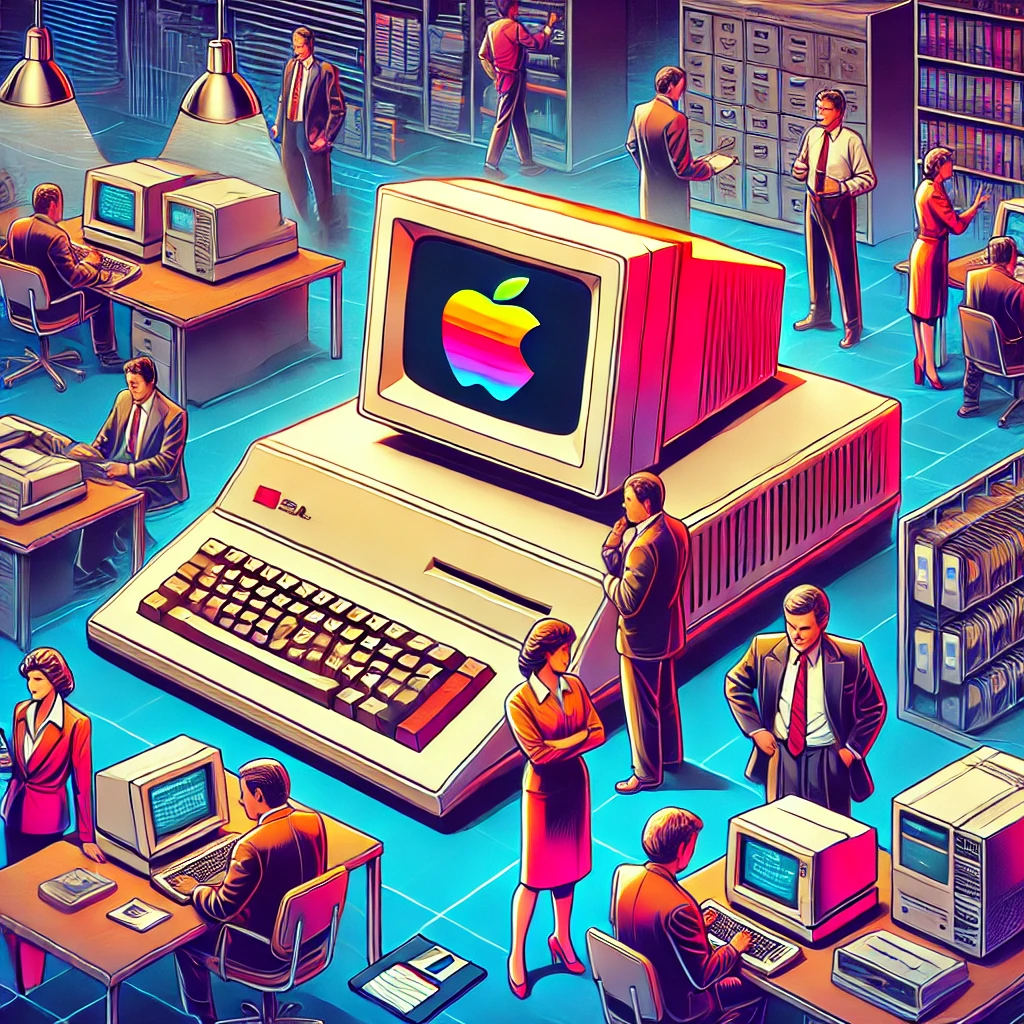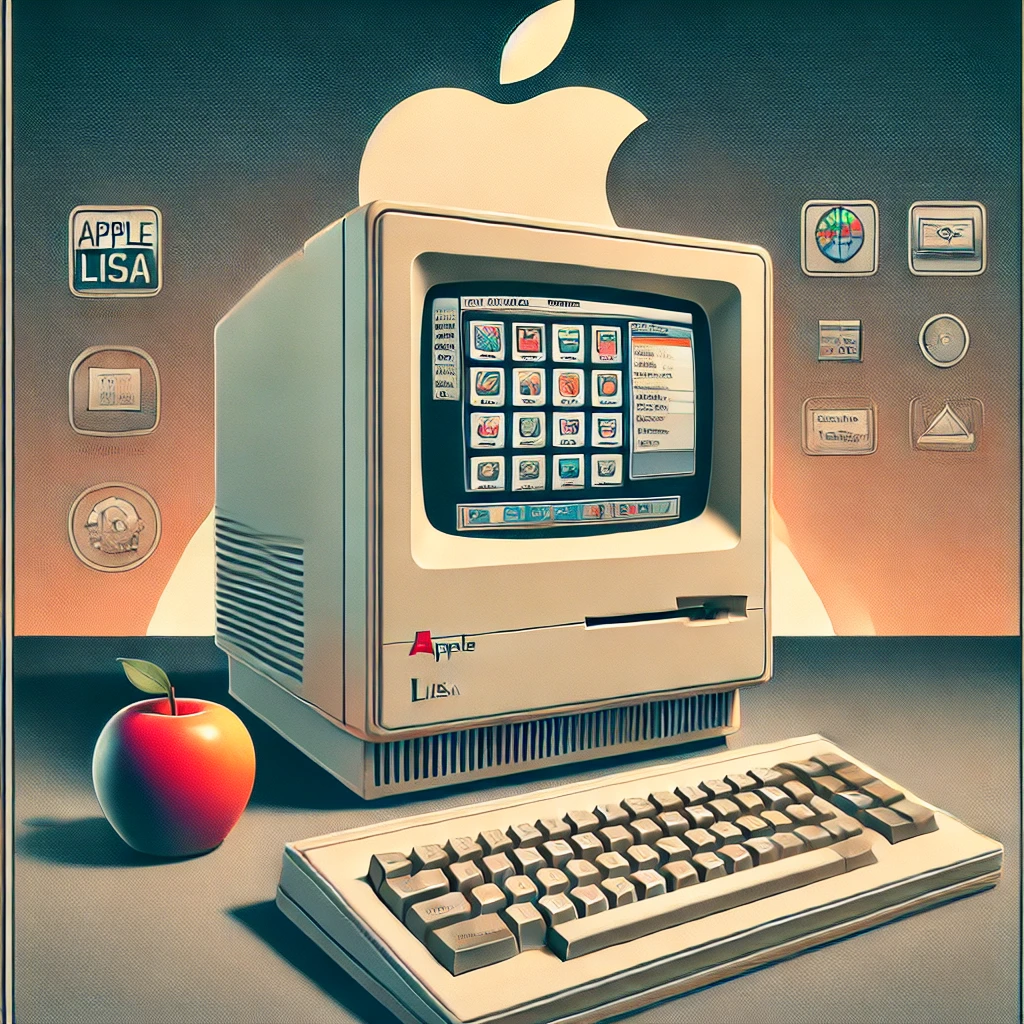On January 19th, 1983, Apple Inc. introduced the Apple Lisa, a revolutionary personal computer that transformed the way people interacted with technology. At a time when computing was largely command-line driven, the Lisa was the first commercial computer to feature a graphical user interface (GUI). This innovation made computing more intuitive and accessible, setting the stage for countless advancements in the tech world.

The Birth of a Revolution
The Apple Lisa was a product of visionary thinking by Apple engineers and executives, particularly Steve Jobs. The idea behind the Lisa was to create a computer that was easy to use for non-technical individuals. Apple’s team drew inspiration from research conducted at Xerox PARC, where the concepts of a mouse, windows, and icons were first demonstrated. By incorporating these features, the Lisa provided users with an unprecedented way to interact with their machines. It wasn’t just a computer; it was a reimagining of what computers could be.
In addition to its GUI, the Lisa introduced several advanced features for its time. It included a Motorola 68000 microprocessor, an innovative multitasking operating system, and support for a mouse-driven pointer. These features positioned the Lisa as a sophisticated machine, albeit one that came with a hefty price tag of $9,995.

Significance in History and Lasting Impact
While the Apple Lisa was not a commercial success—selling only around 100,000 units—its historical significance cannot be overstated. It served as a proof of concept for ideas that would later shape the industry. The Lisa’s GUI, in particular, would become the foundation for future Apple products, including the Macintosh, which launched a year later in 1984. Unlike the Lisa, the Macintosh achieved widespread popularity and introduced the concept of user-friendly computing to the masses.
Today, the Apple Lisa’s legacy lives on in virtually every computer, smartphone, and tablet. The GUI that it popularized has become the standard interface for modern devices, making technology accessible to billions of people worldwide. From dragging and dropping files to clicking icons, the user experience that the Lisa pioneered is now second nature.
Beyond its technical contributions, the Lisa’s development marked a turning point in the history of tech companies investing heavily in research and development. It demonstrated the value of thinking beyond immediate market trends to create products that could shape the future. This long-term vision is a hallmark of many successful tech companies today.
A Legacy of Innovation

The Apple Lisa may not have achieved commercial success, but it was a groundbreaking machine that paved the way for the user-friendly technology we rely on today. Its introduction on January 19th, 1983, marked the dawn of a new era in computing, one where machines were designed with people in mind. The lessons learned from the Lisa’s development continue to influence Apple and the broader tech industry, reminding us that bold ideas can change the world.
